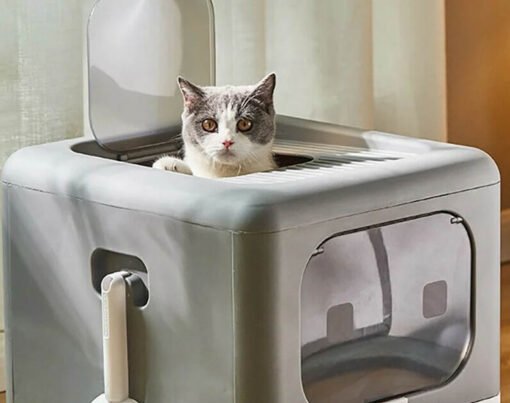Recognizing and addressing a severe dog toenail infection is crucial for any pet owner. Toenail infections can not only cause significant discomfort for your furry friend but can also lead to more serious health issues if left untreated.
Below are ways to recognize and address a severe dog toenail infection. This ensures your pet remains happy and healthy. Let’s explore!
Table of Contents
Spotting the Signs
First and foremost, being able to recognize the signs of a toenail infection in your dog is essential. Symptoms can include swelling around the nail, discoloration (often a dark, reddish-brown near the nail), an abnormal nail shape, a foul odor, and noticeable pain or discomfort when the area is touched.
Your dog may also lick or bite at their paws more frequently. Prompt recognition of these signs is the first step in addressing the problem.
Cleaning and Disinfecting
Once you suspect a toenail infection, begin by gently cleaning the affected area. Use a mild, pet-safe antiseptic solution. This is to wash around the toenail, being careful not to cause further irritation. This can help prevent the spread of infection and start the healing process.
However, it’s crucial to handle your pet’s paw delicately. This is to avoid exacerbating any pain.
Consulting a Veterinarian
For a severe infection, home remedies are not enough. Consulting a veterinarian is critical to ensure your pet receives appropriate veterinary care. A vet can examine the extent of the infection. They can prescribe antibiotics or anti-inflammatory medications if required, and guide you on proper wound care.
In some cases, the vet may need to trim or remove the affected toenail under sedation. Make sure to check common dog paw problems and learn about the signs to seek immediate medical attention.
Ensuring Proper Nutrition
Adequate nutrition plays a vital role in your dog’s ability to fight off infections. Ensure your pet’s diet includes essential vitamins and minerals that support immune health. Supplements like omega-3 fatty acids can also promote healing and reduce inflammation.
Consult with your vet to determine any dietary adjustments that might benefit your dog’s specific health needs.
Regular Monitoring and Care
After initial treatment, continued monitoring and care of the affected toe are necessary for recovery. Keep the area clean and check daily for signs of improvement or any indication that the infection is worsening.
Regularly changing any bandages and applying prescribed ointments or solutions can prevent secondary infections and promote faster healing.
Prevention Measures
Finally, prevention is key to avoiding future toenail infections. Regularly trimming your dog’s nails to prevent overgrowth and splitting, cleaning your dog’s paws after walks, and checking for signs of discomfort can go a long way.
Be mindful of your dog’s environment, avoiding areas where harmful bacteria or fungi might thrive.
Learn How To Recognize and Address a Severe Dog Toenail Infection
A severe dog toenail infection can be distressing for both you and your pet. Recognizing the signs early, consulting with a veterinarian, and following through with prescribed care are fundamental steps.
With the right approach to recognition, treatment, and prevention, your dog can enjoy a swift recovery and return to their happy, healthy self. Remember, proactive pet ownership is essential for addressing health issues like toenail infections effectively.
Did you find this article helpful? Check out the rest of our blogs for more!










